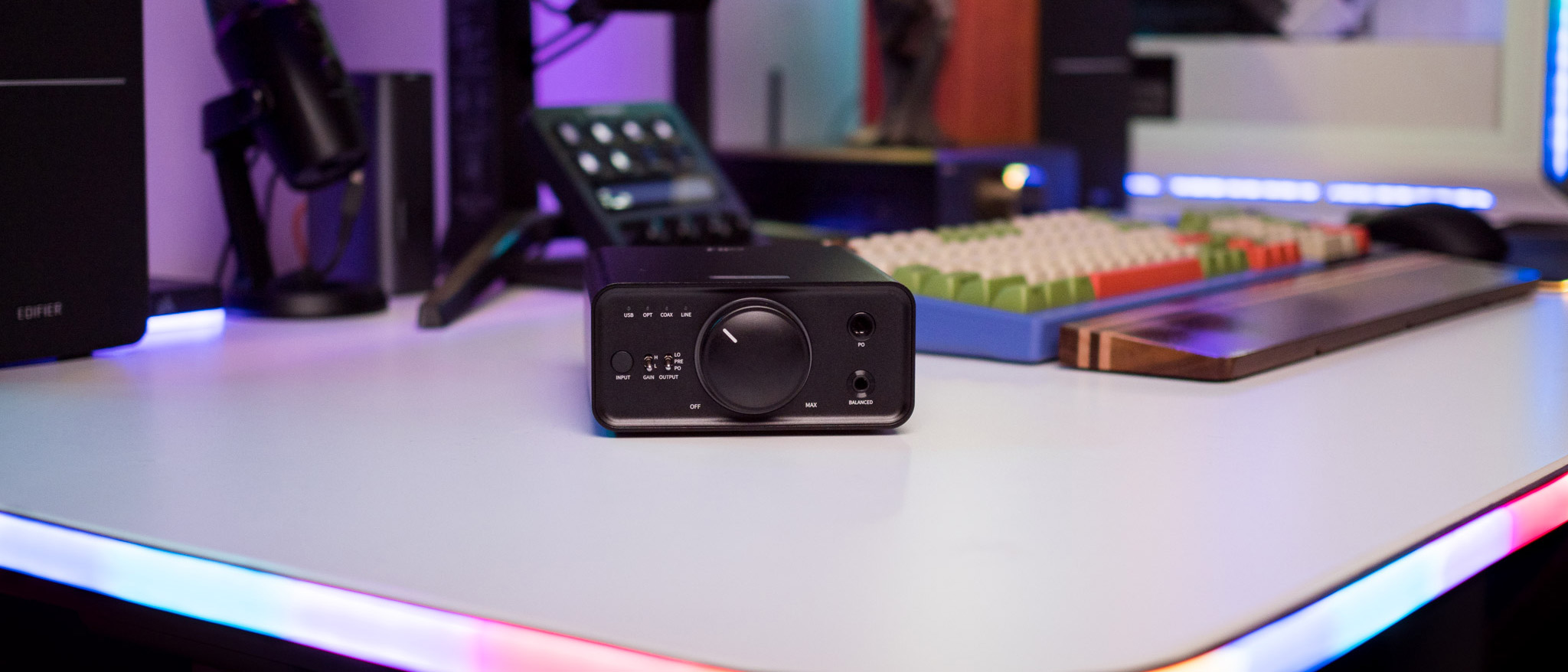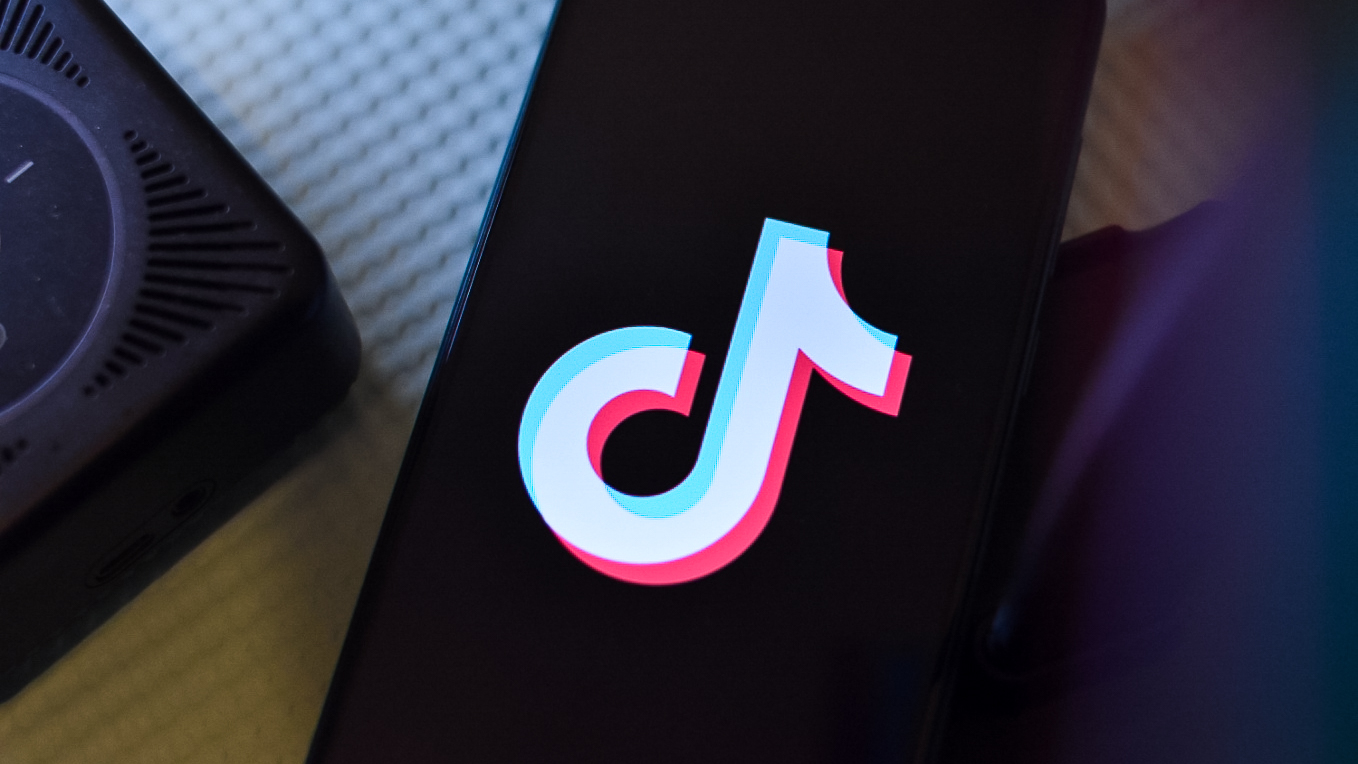Android Central Verdict
The biggest differentiator for the Fiio K7 over the more affordable K5 Pro is the addition of a balanced 4.4mm port. But don't think that this is just another version of Fiio's budget DAC with a new connector — it goes way beyond that. Fiio overhauled the internal audio circuitry to create a fully balanced architecture with the K7, and threw in high-end AKM and THX hardware that's usually found on products costing four times as much. The result is a DAC that is truly phenomenal; the K7 produces a clean sound with a lot of character, and it has a wide soundstage that brings the best out of your audio gear. There's enough power here to drive any IEM or headset, and the caliber of the sound combined with the fact that it costs just $200 makes the K7 an unbeatable value. If you're looking for a new DAC and budgeted around $200, the K7 is the only one you should consider.
Pros
- +
Fully balanced architecture
- +
Clean sound with excellent character
- +
Familiar design and build quality
- +
Latest AKM DAC hardware and THX linear amps
- +
Drives just about any IEM and headset
- +
Unbeatable value
Cons
- -
Slight delay with the volume knob
Why you can trust Android Central
Fiio has significantly increased its product offerings over the last 18 months, and while the brand has dabbled in new categories with the introduction of the R7 all-in-one network streamer and FT3 over-ear headset, its core focus remains on DACs. And there's been no shortage of excitement in this area; the BTR7 continues to be the best overall choice if you want a Bluetooth DAC for under $250, and the high-end K9 Pro does such a good job that it's been a mainstay on my desk for nearly a year now.
So when Fiio sent over the K7, I figured it would be closer to the manufacturer's other budget offerings. If you look at the spec sheet, you'll notice that it is largely identical to the $149 K5 Pro in design and feature-set, with the key addition being a balanced connector. With the K7 retailing for $199 on Amazon, I just thought it would have the same sound characteristics as the K5 Pro but with a fully balanced architecture that would make it more enticing to those that want a 4.4mm port.
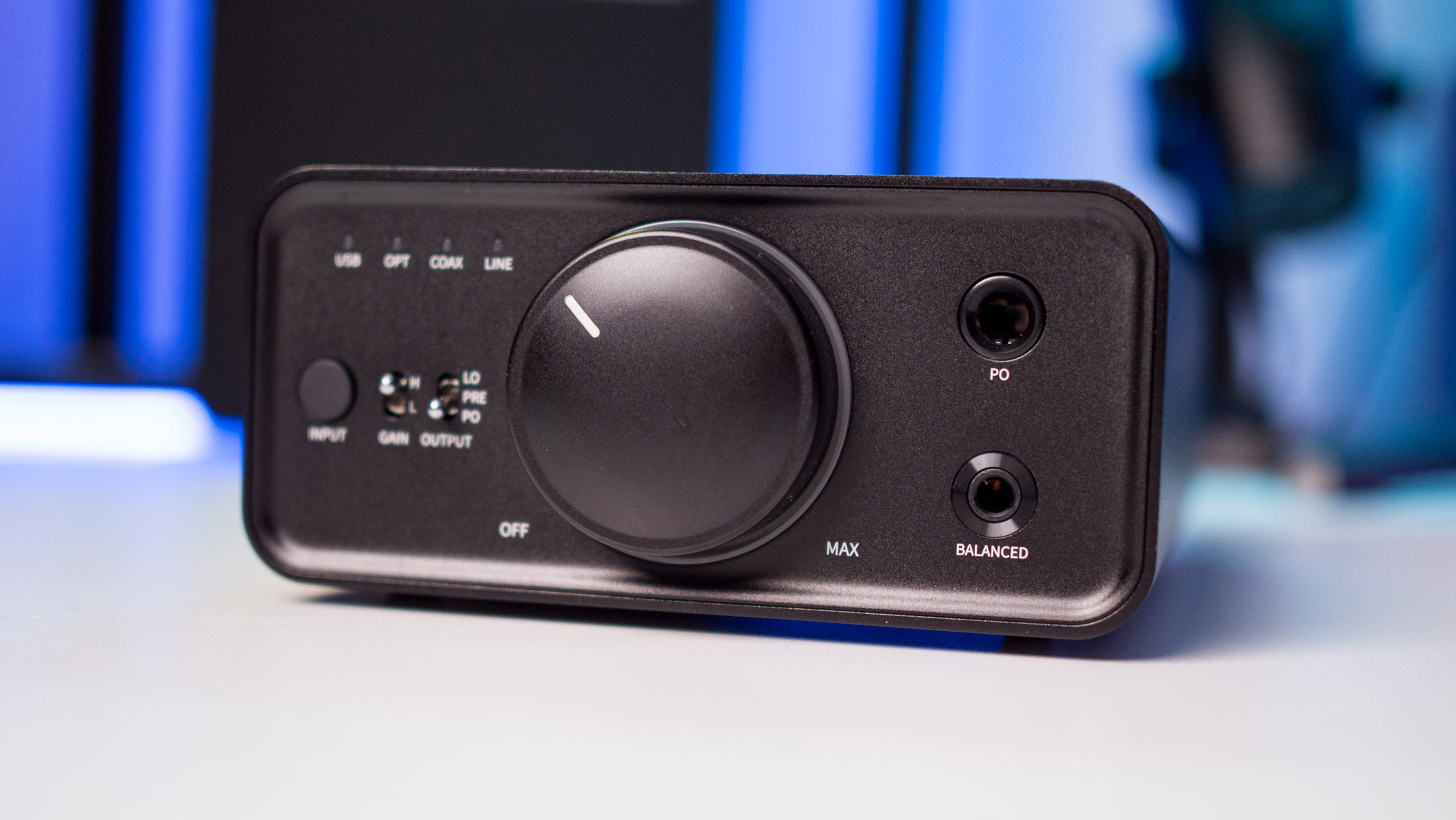
I was wrong. The Fiio K7 isn't just an updated variant of the K5 Pro — far from it. What you're getting here is just about the best DAC available today for $200. Fiio overhauled the internal audio circuitry here, and the addition of AKM's latest AK4493SEQ DAC chips along with the THX 788+ amps — which also feature on the $849 K9 Pro — gives the K7 a distinct edge in this segment, and it sounds absolutely phenomenal.
While I liked the K5 Pro and recommended it easily, the K7 is in another league altogether, and this is the only DAC you should consider if your budget is in vicinity of $200. And if you absolutely need Bluetooth connectivity, there's a variant of the K7 dubbed the K7 BT that retails for $249 on Amazon.
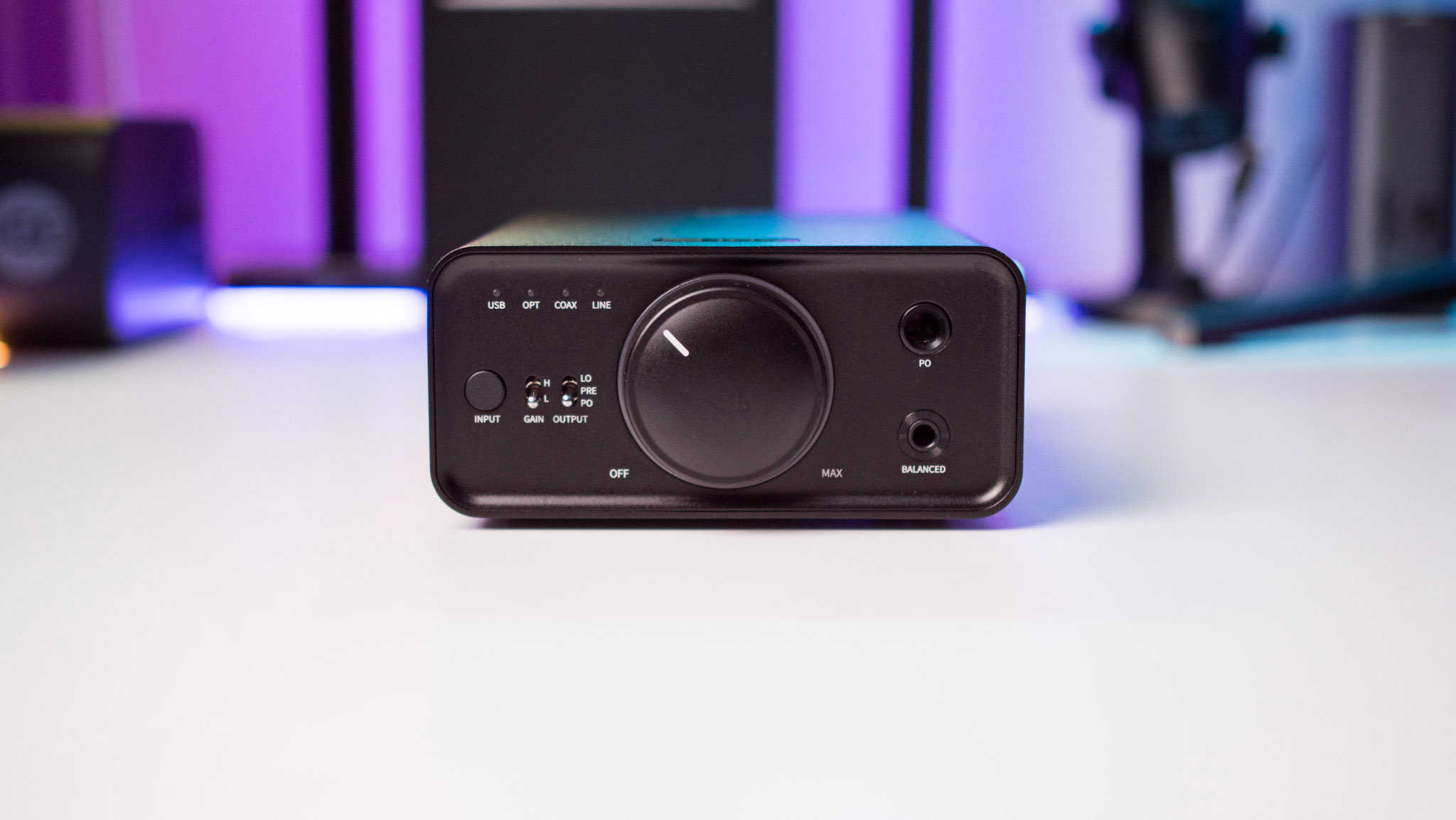
As always, I'll kick things off with the design. The K7 shares the same design aesthetic as the K5 Pro, and the only difference is that it is slightly larger. The chassis is still made out of aluminum, and it still feels reassuringly sturdy — this is a DAC that's built to last. It has the same rubber feet that ensures it stays on your desk and doesn't wobble, and at the back, you'll find a similar set of connectors, including coaxial and optical in, line in/line out, USB-B, and a DC 12V port.
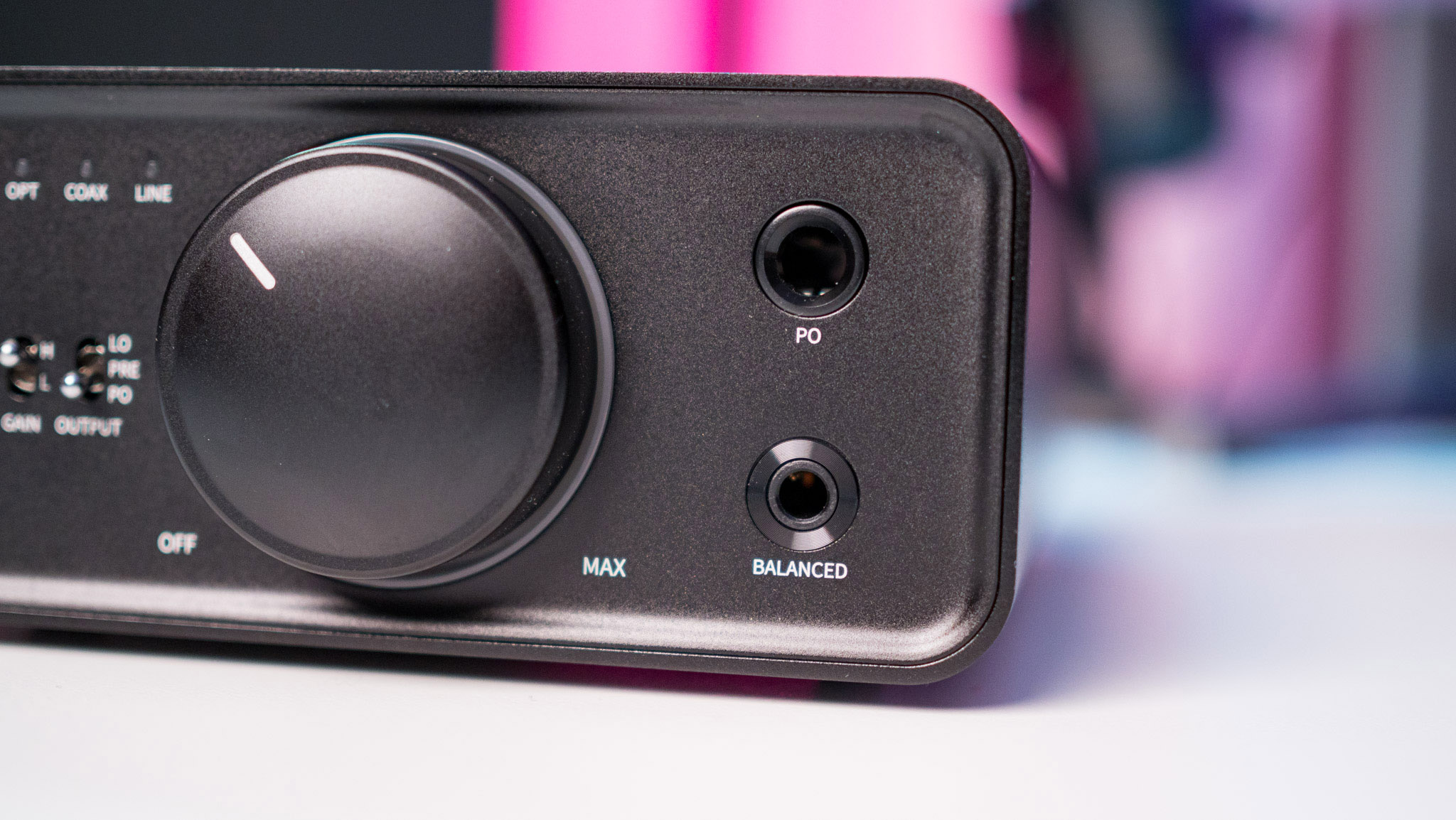
There are a few differences at the front, key among which is the inclusion of a balanced 4.4mm port. Fiio offers a fully balanced architecture with the K7, and in addition to the balanced port, you get a single-ended 6.35mm port. The button configuration is slightly different to that of the K5 Pro; you get an input button that lets you toggle between the various inputs, and you'll find indicators at the top with the current input highlighted — similar to that of the K9 Pro.
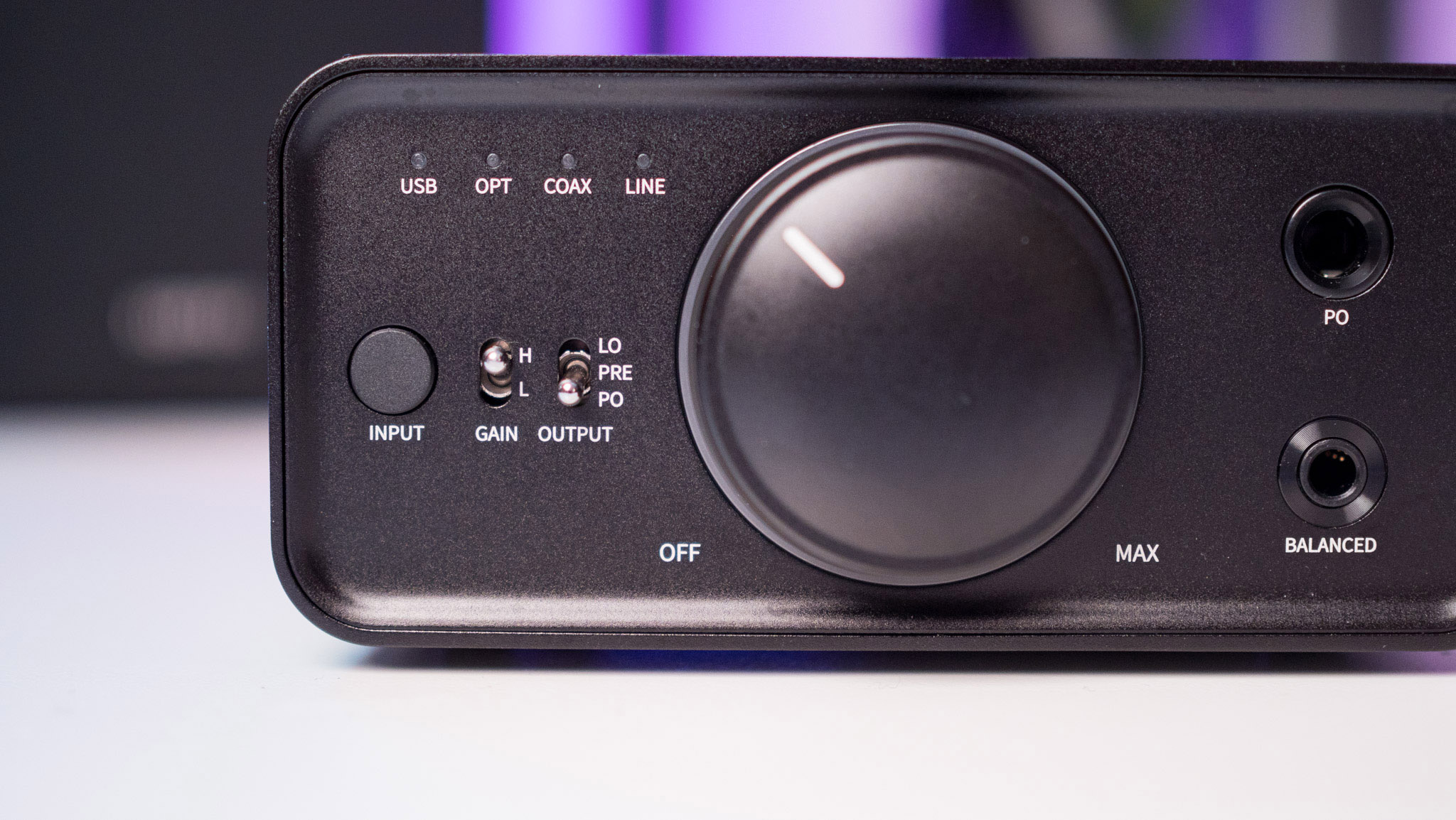
You can toggle the gain level between low and high, and there's a toggle for choosing the output. The volume knob is unchanged and offers the same level of feedback, and you get a similar RGB ring light around the knob. There's some delay when changing volume with the knob, and this is by design. Other than that, the look and feel is unchanged.
Get the latest news from Android Central, your trusted companion in the world of Android
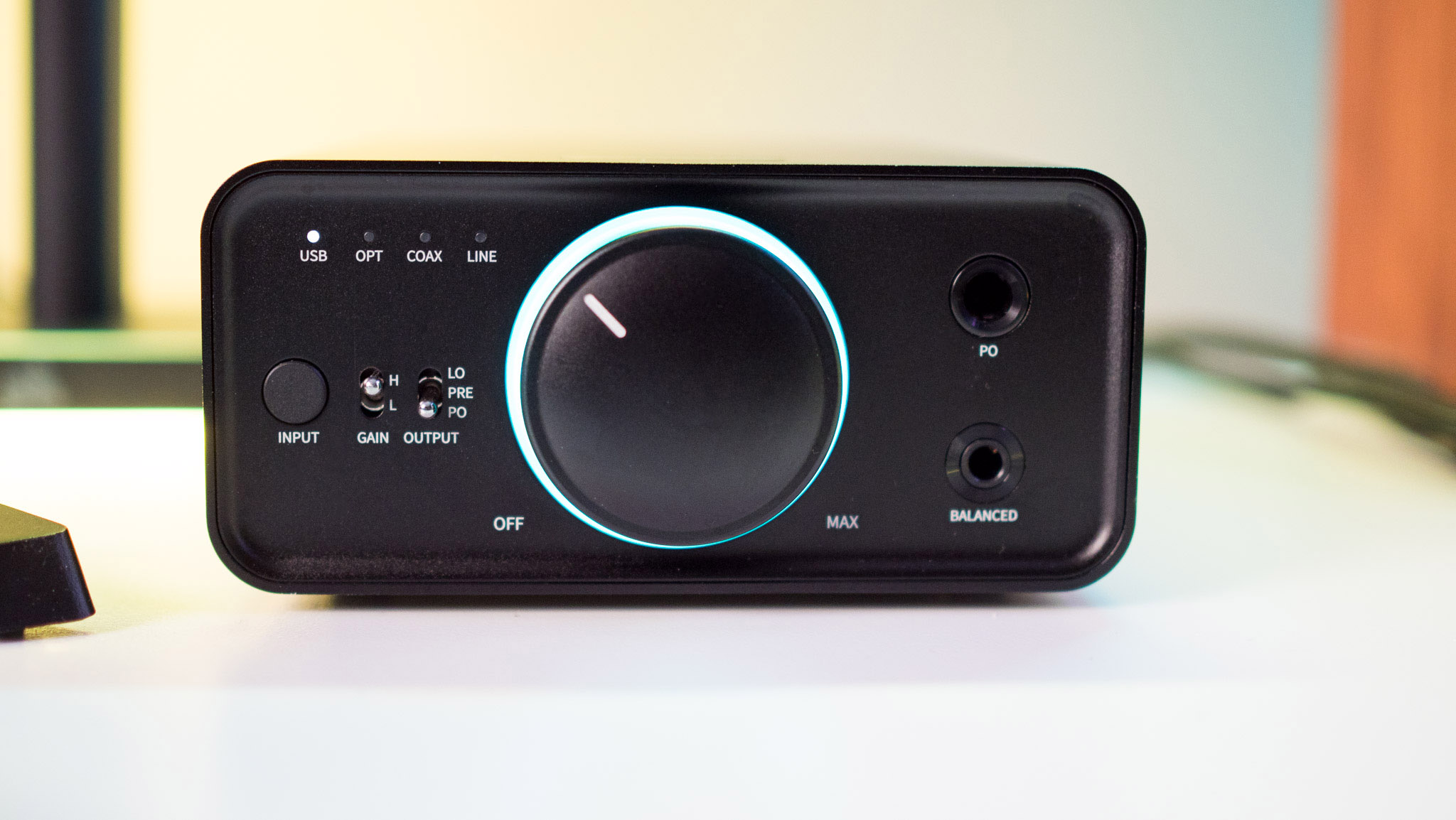
The RGB LEDs are a bit more vibrant this time around, and the effect is quite cool. The RGB lighting isn't just for aesthetics, but works as a visual indicator for the sampling rate: blue for under 48KHz playback, yellow for 88.2, 96, 176.4, 192, 352.8, and 384KHz, and green for DSD64, 128, and 256.
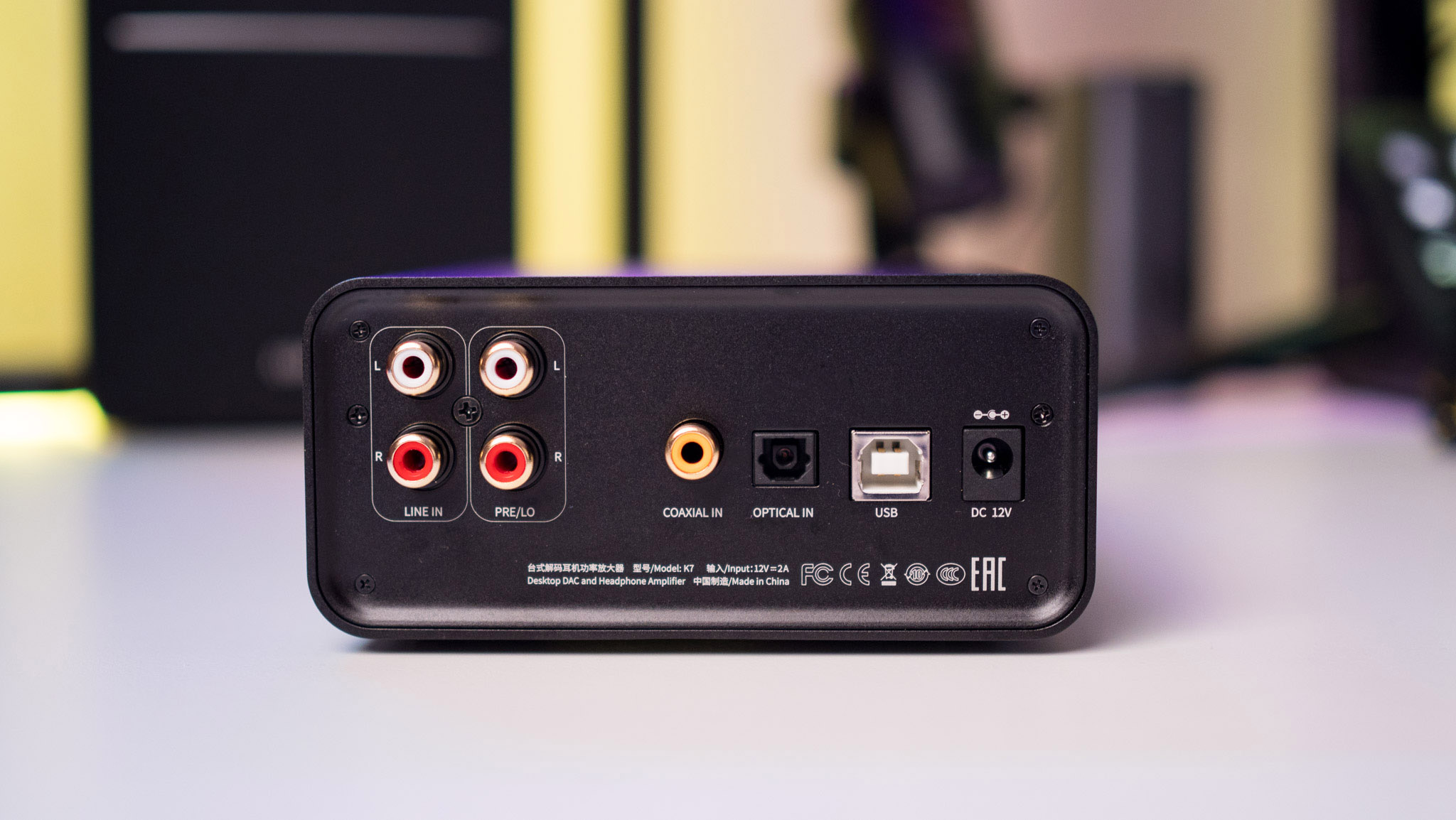
Like the K5 Pro, the K7 needs an external power brick, and you'll find one in the box. Fiio is known to bundle a generous amount of accessories with its products, and its no different with the K7. You get the power cables, a USB-B to USB-A cable, 6.35mm to 3.5mm connector, and an antenna if you're getting the Bluetooth model. I'm using the regular version of the K7, and it doesn't have Bluetooth connectivity.
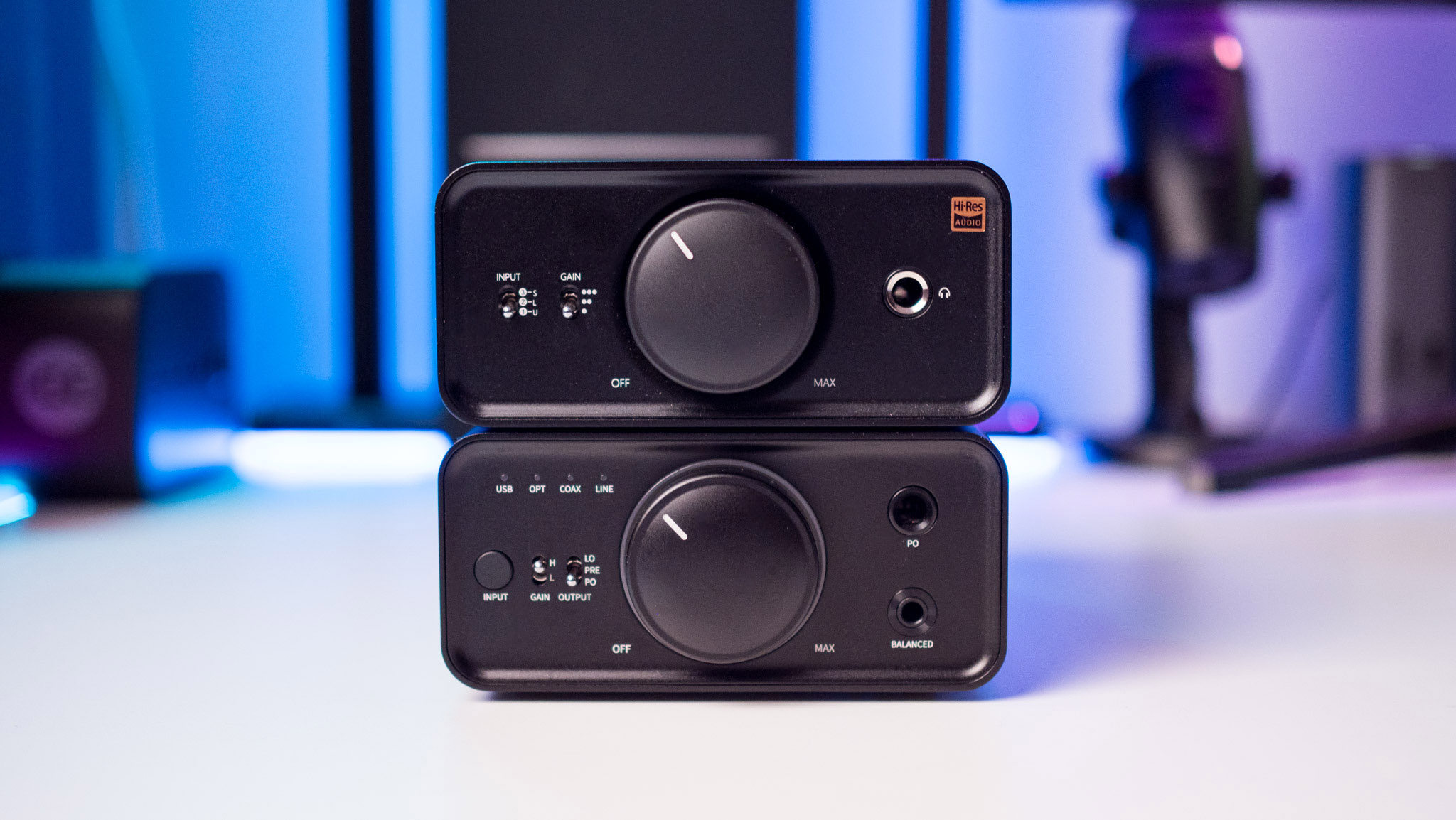
While the outside hasn't changed too much, it's what's on the inside that makes the K7 an altogether different beast. You get AKM's latest AK4493SEQ DAC chipset and THX's stalwart 788+ linear amp, and the best part is that you'll find two of each in the K7. It's incredulous enough that Fiio went with this caliber of hardware on a $200 DAC, but the fact that you get dual DAC chips and amps means the K7 has a distinct edge in this segment.
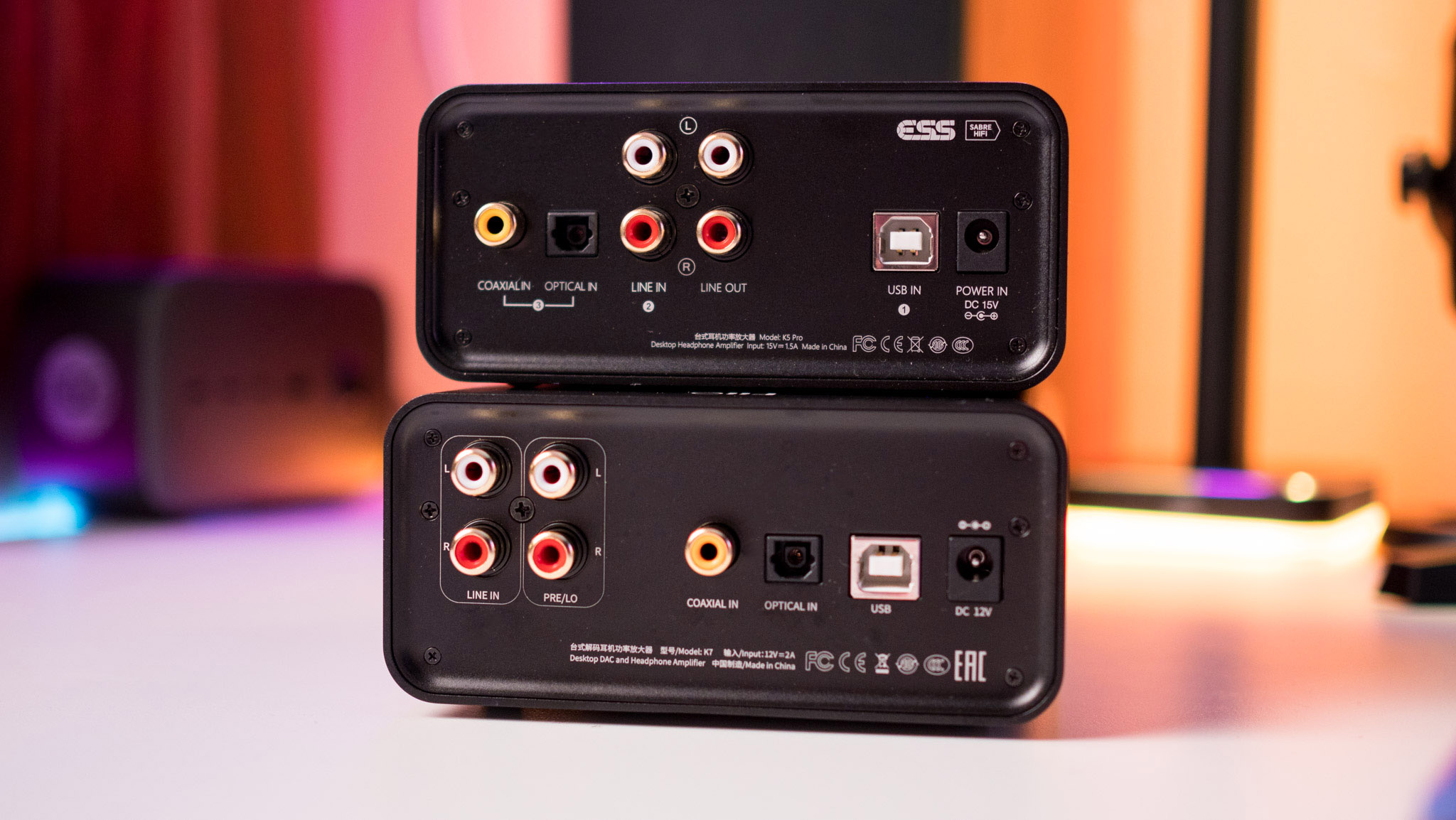
So what does all of that hardware translate into? Well, the K7 sounds absolutely magnificent, and the tonal balance and soundstage that you get out of this DAC is unbelievable. The K7 has Fiio's characteristic neutral sound, and you'll find a slight warmth here, but that just adds a little more dynamism. Detail retrieval is excellent across the board, vocals come through with plenty of clarity, and you get a wide soundstage with excellent imaging and dynamics.
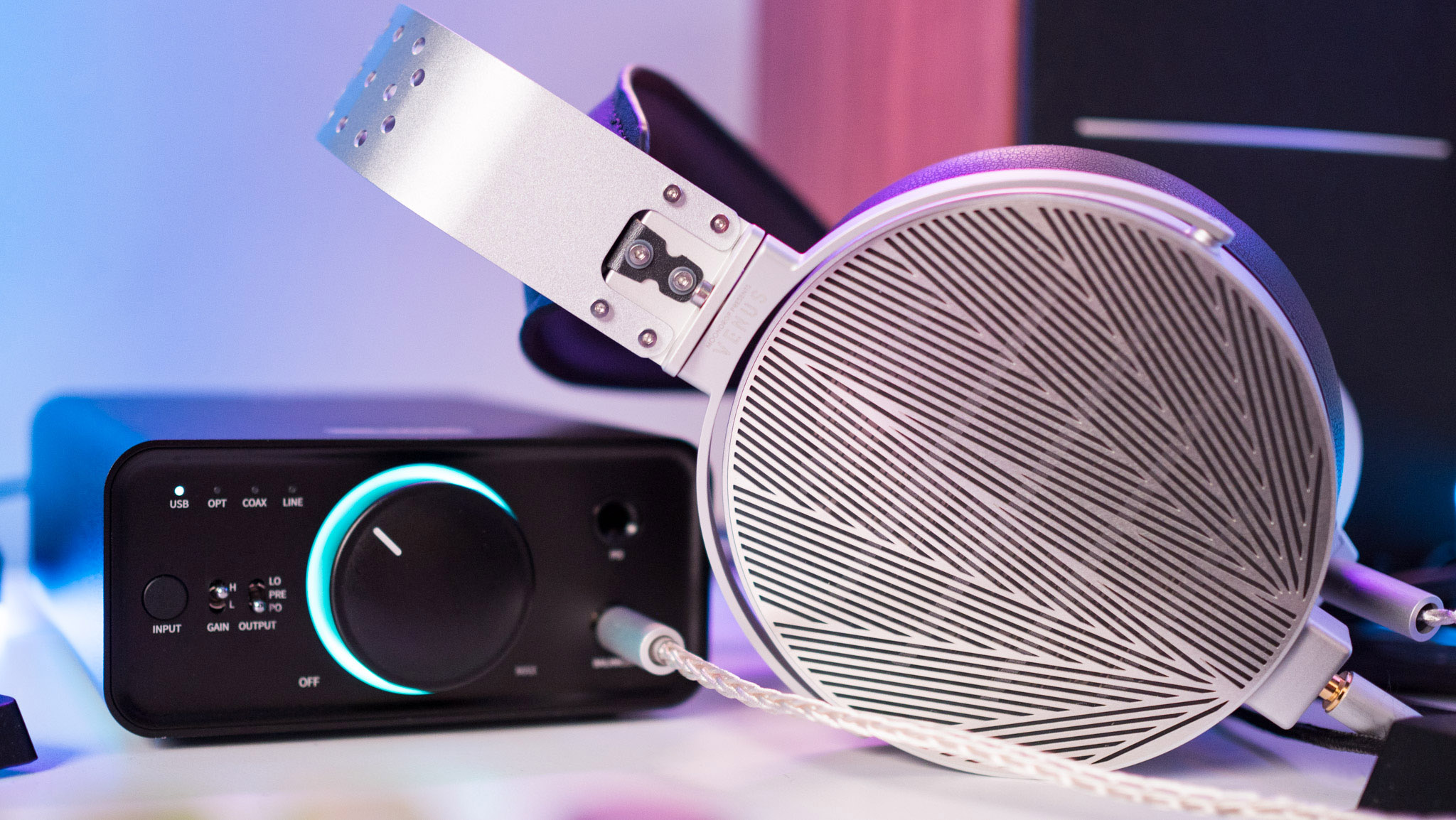
The Moondrop Venus showcased the real potential of the K7. Bass was energetic, fast, and clean, and the mid-range sounded natural and full of detail, with impressive instrument separation. There's good extension for the treble as well, and you won't notice any harshness or sibilance here. The balanced port produces an airier sound and generally sounds more refined — which isn't astonishing.
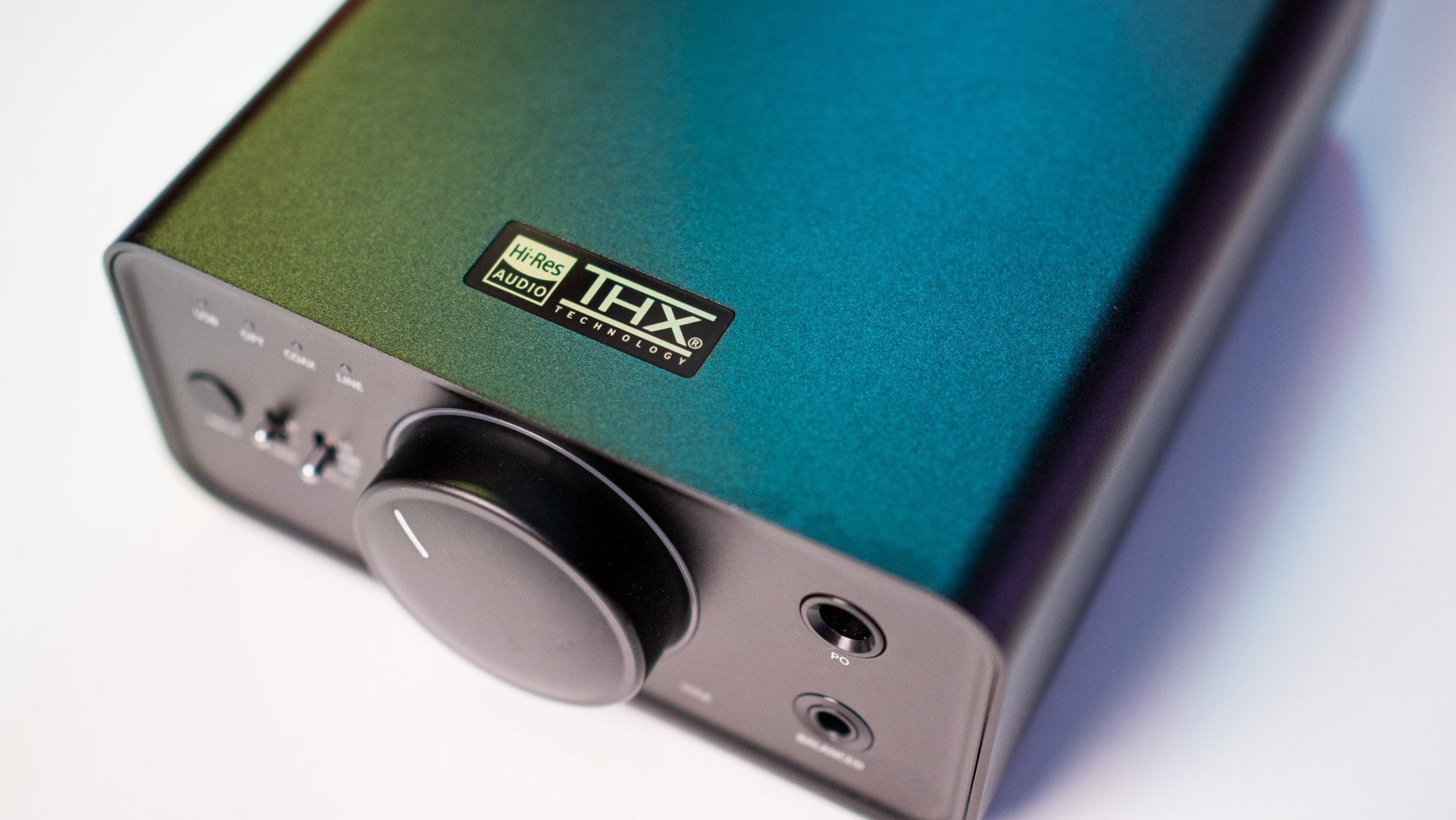
The K7 is able to natively decode a 384kHz/32-bit PCM signal and DSD256 while in USB DAC mode, going down to 192KHz/24-bit PCM over coaxial and 96Hz/24-bit via optical. As for power, the K7 is able to deliver 2W at 32Ω over the balanced port, going down to 560mW at 300Ω. You get 1.2W of power at 32Ω over the 6.35mm port, and 140mW at 300Ω.
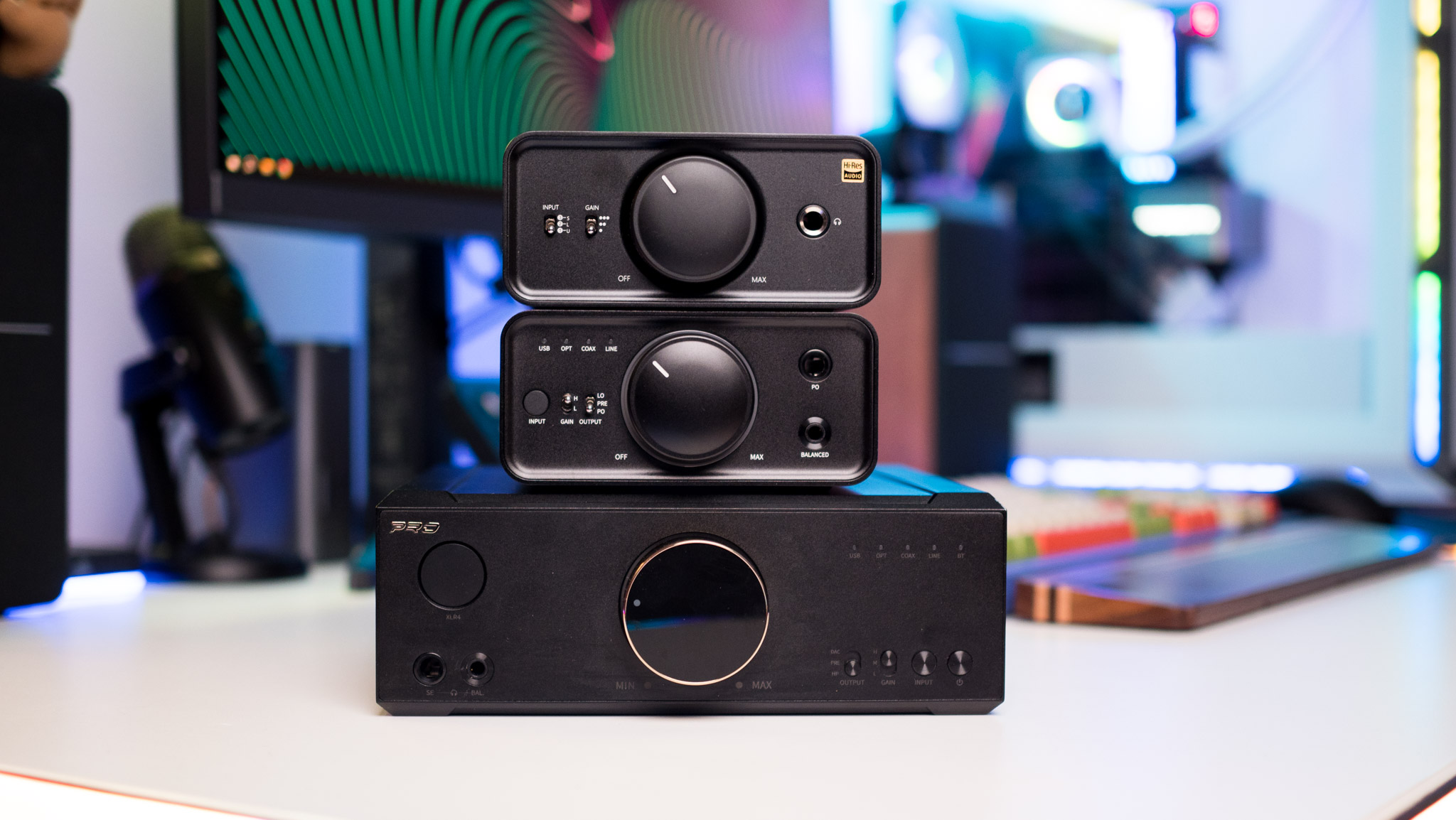
Clearly, the K7 is designed to be used with IEMs or headsets that have a balanced cable, as that lets you take full advantage of what the DAC has to offer. The power you're getting here means the K7 is able to drive just about any IEM or headset in the market today, and I didn't have any issues using the DAC with demanding planar headsets.
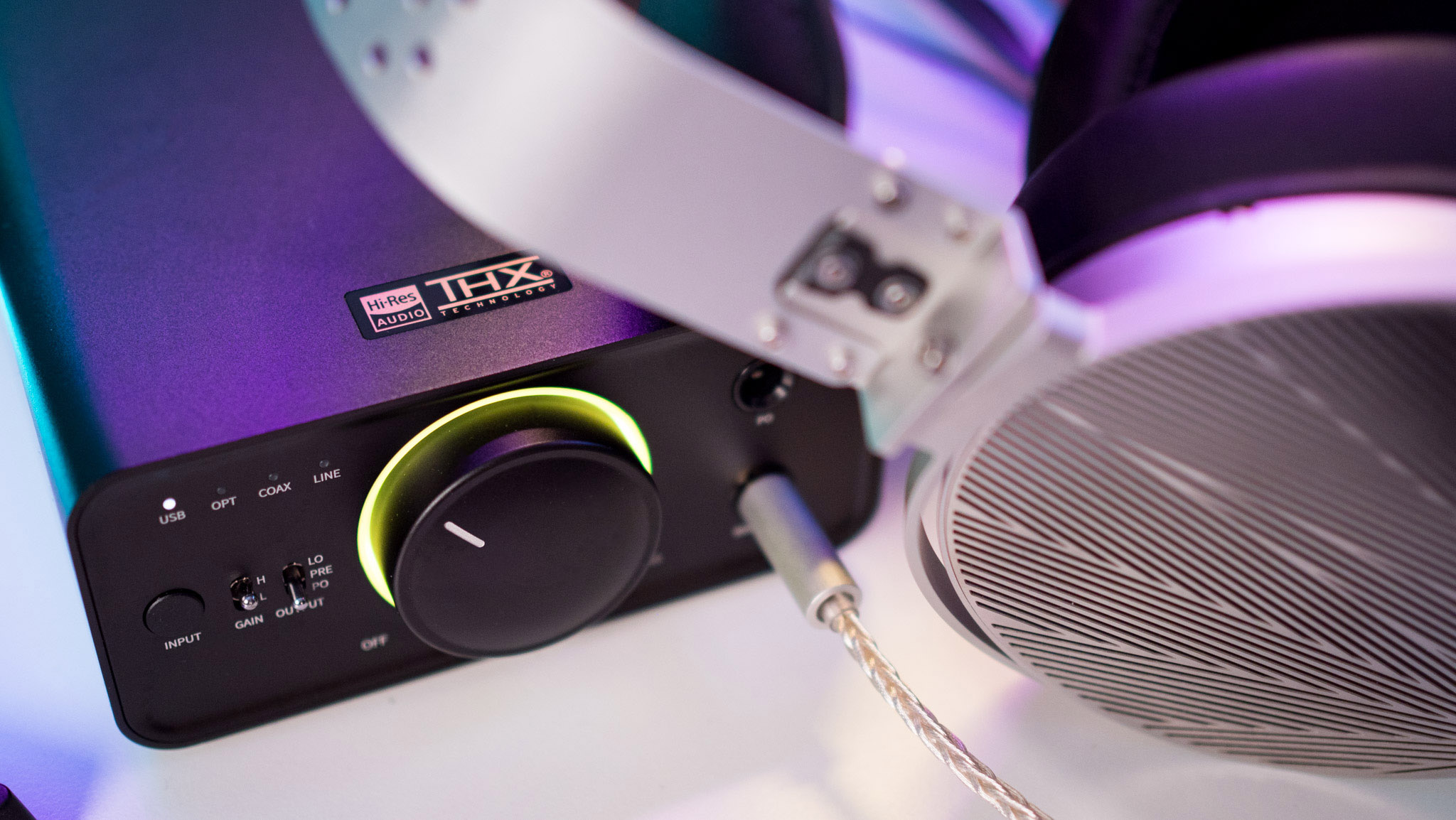
I think it's safe to say that Fiio created a masterpiece with the K7. The DAC nails the technical side of things, and the high-end hardware combined with the addition of the balanced port allows it to shine in a way the K5 Pro was never able to.
If anything, the K7's sound characteristic is closer to the K9 Pro than it has any right to be. Sure, the K9 Pro sounds more refined and you get an XLR connector along with some extras, but when you look at it from a value point of view, the K7 is unbeatable right now — this is the best $200 DAC in the market today.
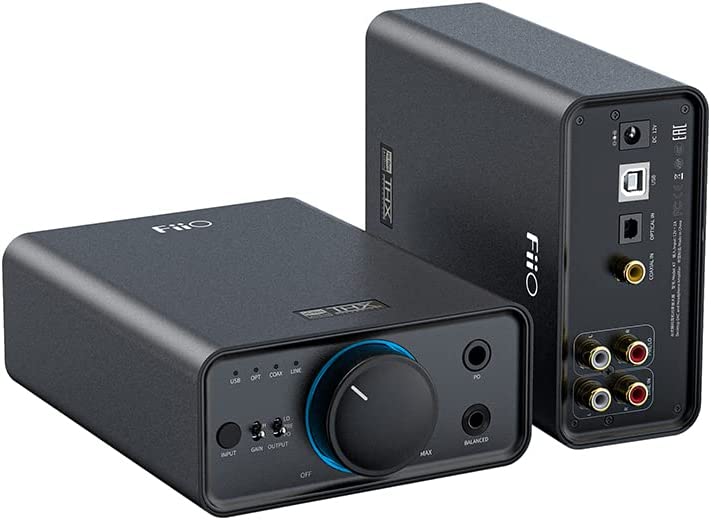
With a fully balanced architecture and high-end hardware, the K7 sets a new standard for budget DACs. The balanced connector along with the wide soundstage and clean signature means this is the only DAC you should consider.

Harish Jonnalagadda is Android Central's Senior Editor overseeing mobile coverage. In his current role, he leads the site's coverage of Chinese phone brands, networking products, and AV gear. He has been testing phones for over a decade, and has extensive experience in mobile hardware and the global semiconductor industry. Contact him on Twitter at @chunkynerd.
